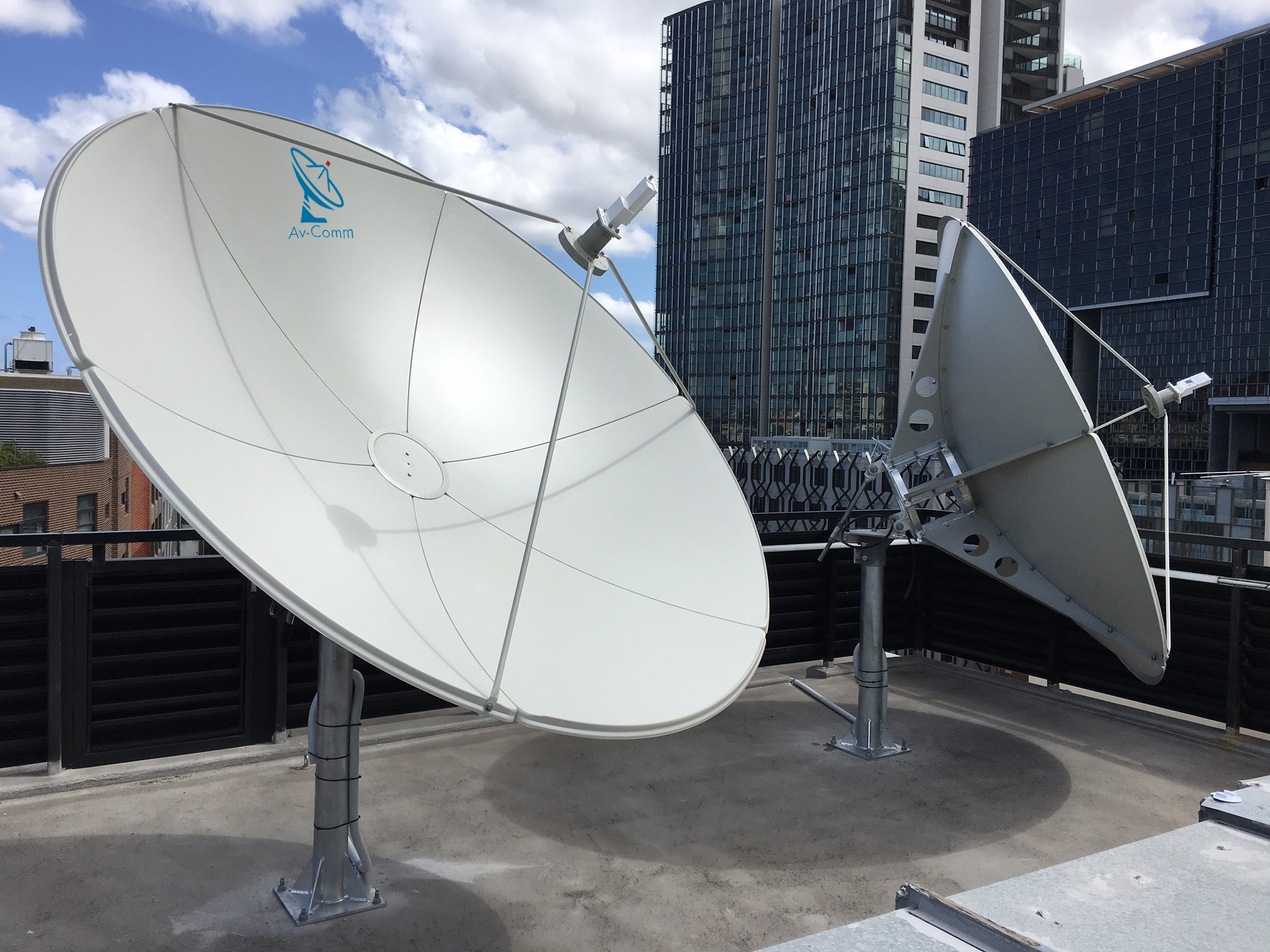IRD Reimbursement Paramount to C-Band Plans, ACAC Tells FCC
Exclusion of IRD costs in lump sum payments could lead to legal challenges

WASHINGTON—As the specifics of the C-band auction and transition are being ironed out, ACA Connects has made its stance well known to the FCC Wireless Telecommunications Bureau—include integrated receiver/decoder equipment costs as part of the lump sum payment option or face potential legal challenges and transition delays.
This position was explained in detail following a meeting between ACAC and FCC officials on July 15, and subsequently summarized in a filing.
The basic argument from ACAC is that the inclusion of costs for IRDs, which receive and decode satellite signals from programmers, in the estimated lump sum payment of average costs for transitioning was approved in the initial 3.7 GHz Report and Order issued on March 3. This is to allow cable operators the “flexibility” to choose whether they want to move earth stations or transition to fiber delivery, ACAC says.
However, broadcasters and TV content companies have argued that MVPDs can not include IRD costs in the lump sum payment, saying that such payments would artificially inflate cable operator payments.
During the meeting, ACAC said that the report and order required the inclusion of IRDs.
“[U]nder the 3.7 GHz Report and Order, whether the lump sum recipient actually needs IRDs is irrelevant; the lump sum, which is “in lieu” of C-band relocation cost reimbursement, is to be based on the money that would have been spent to upgrade all of an operator’s earth stations,” ACAC argues.
Failure to include IRD costs in the lump sum payments could lead to legal challenges that could ultimately delay the C-band transition, ACAC warned the FCC.
Get the TV Tech Newsletter
The professional video industry's #1 source for news, trends and product and tech information. Sign up below.
The C-band auction is currently slated to take place in December. The C-band transition, meanwhile, is on an accelerated timeline and aims to start having portions of the planned vacated C-band spectrum available as early as Dec. 5, 2021.
ACAC’s recap of its July 15 meeting is available on the FCC’s ECFS.
